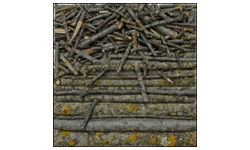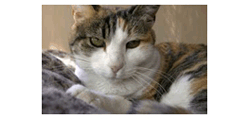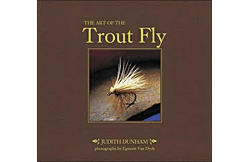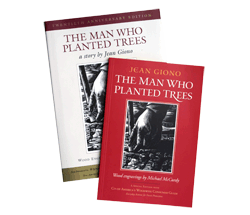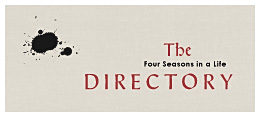More than six months ago I started with an idea by adding modeling paste in the form of vertical textures to represent a build up of drips and when I completed this stage, the surface was painted over with acrylic and fine tuned with a number of glazes in oil. Since then it remained tucked away with the other unfinished canvases, along with the blue painters tape still attached to the sides, despite considering it was a finished painting. Still I could not shake the feeling that there was more that needed to be said, even though having followed through on the original concept on all points.
Three weeks ago while working in the garden, I came across a number of very delicate roots from a birch tree that had invaded a flowerbed I was preparing for spring. Upon closer inspection of these roots, I noticed there fragile structure and felt they resembled arteries and veins and could be used in a painting, considering I still had not dealt with the open-heart surgery in artistic terms. While I continued gardening, the mind was actively involved figuring out ways to work with these wonderful roots, when the painting from months ago came to mind.
A few days later I pulled the canvas, dusted off the sides and experimented with a few strands of roots to see how they would interact with the textures. Once satisfied that this would be the path to take, I proceeded with my usual cautionary attitude, covered the surface with regular gel medium and strategically placed the roots onto the medium. That evening I studied the results, analyzing every aspect of the progress, only to decide to wait until morning, when under natural light I could best judge the next step to be taken.
With a fresh perspective I concluded a few more roots would need to be added, especially one that would rise off the surface and so appear three-dimensional, now that I had planned to introduce tissue paper into the mix and did not wish for it to be just a cover. Once the new pieces of roots had adhered and dried to the surface, it was time to add the buff coloured mulberry tissue paper.
I had used tissue paper before as a top layer in which I tore numerous small openings, allowing the textured surface beneath to poke through; it was this approach I was now embarking upon for this canvas. After covering the surface the artwork was set aside, in order to contemplate on the current process and instead of overnight, the canvas remained set aside for almost two weeks.
Though there were still some technical issues to be resolved the art work in progress finally had achieved a level of completion in which it could be considered finished, now that the relationship of surface texture and the roots all interacted with their new skin. All that needed to be resolved was making the suspended tissue paper stronger, then protecting the entire surface and settling upon a title.
Well that was yesterday . . .
After further serious contemplation I decided one more layer of mulberry tissue was required since too much of the roots dominated the surface visually and I still had not achieved the desired effect.
The process of the second tissue paper layer needed to be applied with greater control since there were areas that did have the desired look and were not to be covered. This would mean tearing up larger sections of tissue paper and adding them as if composing a puzzle until a homogenous look was achieved so that it did not resemble having been patched.
Now that I consider this canvas a finished piece of artwork, I view it not as a success nor a failure, but rather a study in the process of materials and their relationship with one another. For it has spawned numerous ideas on how to improve upon the relationship of the materials used in this artwork when considering another canvas that deals directly with my heart and the surgery I underwent.
Art is a process, nothing more. A process of adding, subtracting, subtracting and adding until the artists hand stops, pulls away and the artist takes a step back.
Now I just need to settle on a title; any suggestions?













